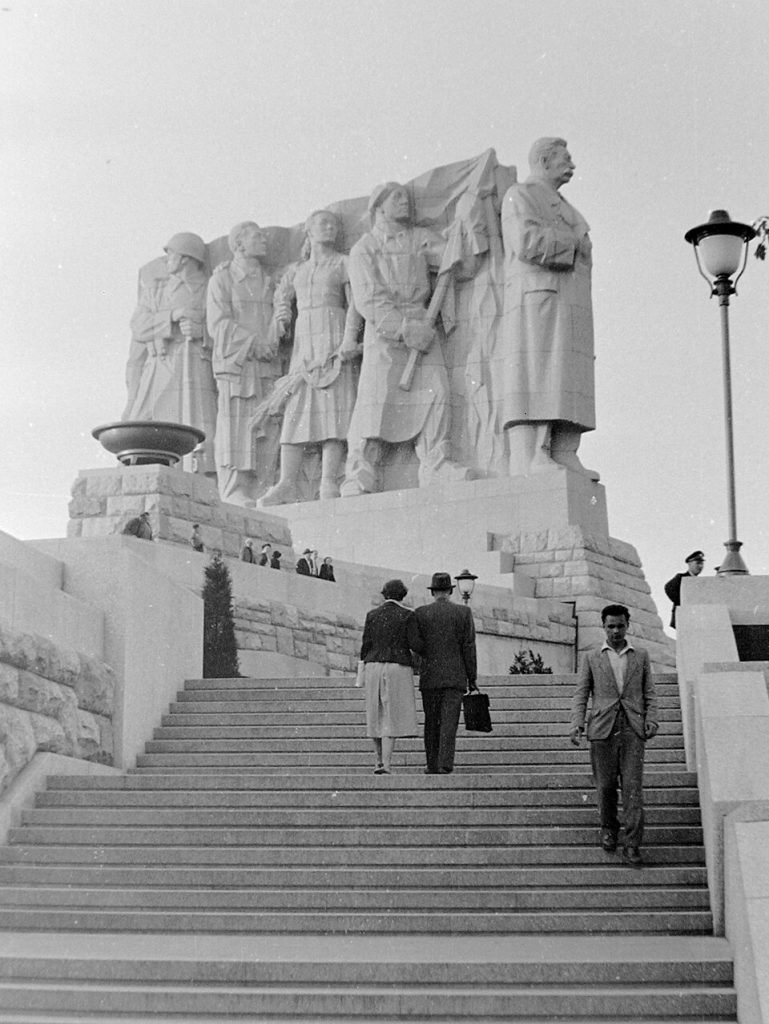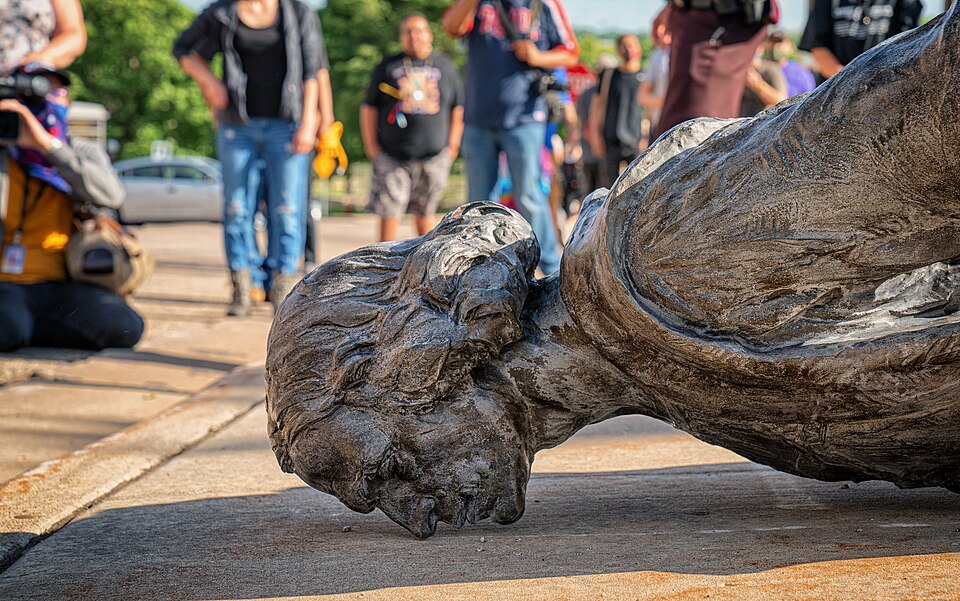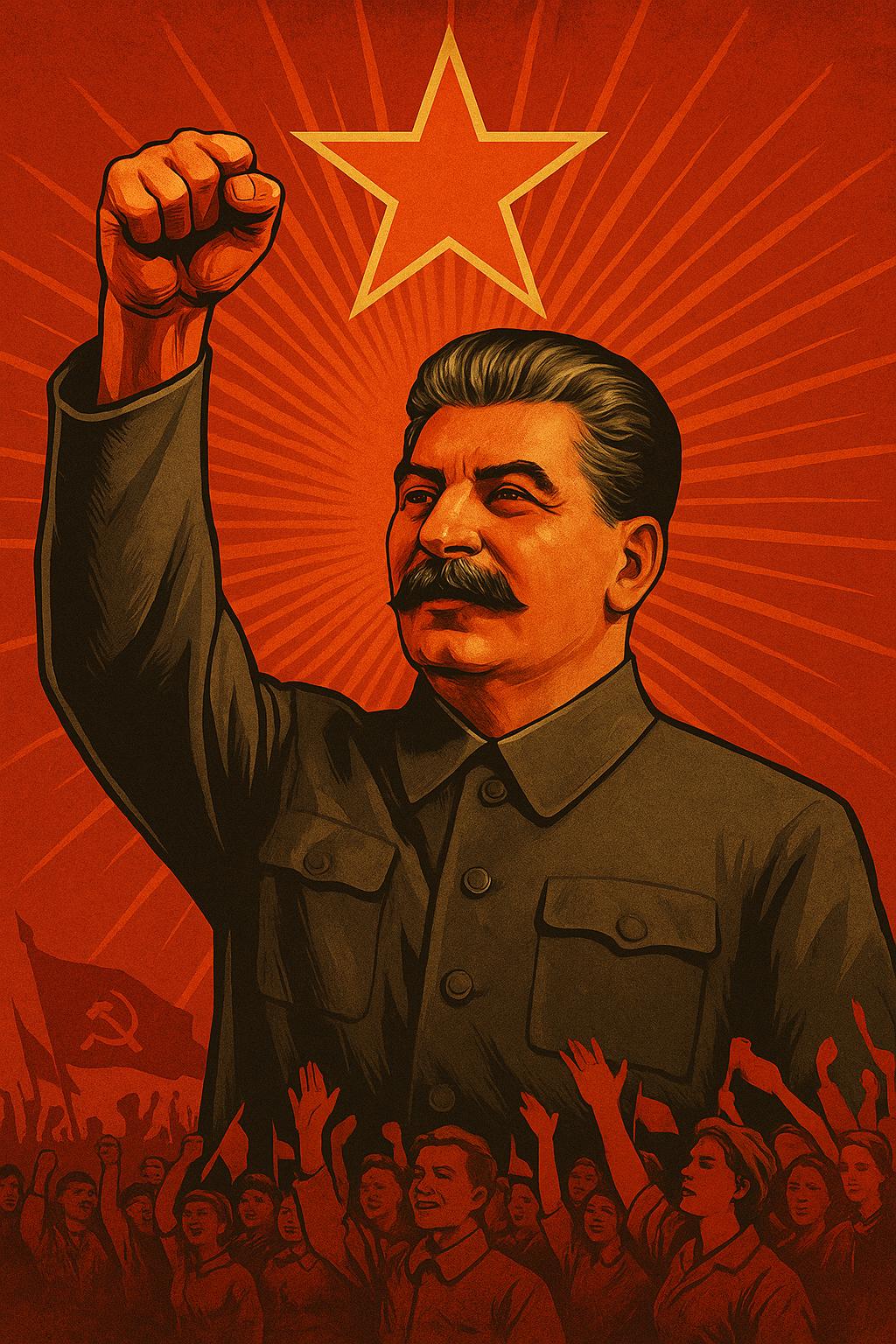History is not a clean, comfortable story. It is a graveyard of tyrants, a battlefield of ideas, and a sequence of crimes and progress walking hand in hand. Public symbols—statues, monuments, and names carved into buildings—are not decorations. They are traces of what we once believed, reminders of who we once were. Whether noble or horrific, they mark a nation’s memory. Ultimately, to remove them is not progress. It is amnesia.
As a result of changing values, many have begun calling for the removal of symbols deemed offensive. But in doing so, we risk erasing the very warnings that could stop us from repeating history’s worst chapters.
The new iconoclasm
Today’s iconoclasm is not led by revolutionaries with sledgehammers. Instead, it is driven by moral crusaders with hashtags, petitions, and bureaucratic power. Statues have fallen—from Confederate generals in the United States to colonial governors in Britain to missionaries in Canada. What was once protest against injustice has evolved into a movement of erasure.
To be clear, the motivations are not always wrong. Racism, imperialism, and patriarchy are real. They shaped the past and still shape the present. However, toppling a statue does not topple a system. Similarly, removing a name from a school does not remove injustice from a society. The danger is simple: in trying to fix the past, we end up distorting it.
Symbols as warnings
Some symbols deserve to make us uncomfortable. That is the point. Walking past a statue of a brutal figure should not feel like a stroll through nostalgia. It should sting. That sting is what keeps the memory alive.
Consider modern Germany. Concentration camps have not been paved over. Authorities have preserved them—not as shrines, but as horrors. The barbed wire remains. The crematoria remain. Tourists come, not to smile, but to shudder.
Likewise, Soviet buildings still stand in Eastern Europe, often with plaques that explain their origins. People do not revere them. They do not admire them. But they remember them. A statue can be a warning, a question, a scar. And without the scar, we forget the wound.
Stalin on Letná: Monument to absurdity and fear

Perhaps nowhere is this more symbolic than on Letná Hill in Prague. In 1955, authorities unveiled the world’s largest group statue of Joseph Stalin. Towering over the Vltava River, it depicted the dictator leading a procession of workers. It was grotesque, surreal, and unmistakably totalitarian.
People hated it. Locals mockingly referred to it as the ‘queue for meat,’ a bitter joke about both the statue’s design and the shortages of the era.
But they did not hate it because it was poorly made—it was technically magnificent. They hated it because it stood as a monument to oppression, lies, and forced obedience. The statue was so enormous that its own creator, sculptor Otakar Švec, took his life before its unveiling.
In 1962, after Stalin’s fall from grace, officials destroyed the monument using dynamite. Today, the platform stands empty. A giant metronome now ticks on the hill, mocking the permanence of dictatorships. Still, what if the statue had remained?
It could have served as Europe’s most powerful memento to the cult of personality, absurd propaganda, and the mental enslavement of a nation. No museum could rival the emotional impact of Stalin himself looming above a city that once bent under his weight. While removing it was understandable, keeping it might have been wiser.
Sanitized memory, sanitized lessons
When we sanitize memory, we sanitize the lessons it offers. Painful truths are not supposed to be erased. We are supposed to confront them. We do not rip pages out of history books because they make us uneasy. Instead, we read them more closely.
Erasing evil symbols does not remove their historical impact. It simply removes the evidence. And it creates a society that appears cleaner on the outside, but grows more ignorant within. Over time, we start to forget how bad it was. Eventually, we start to believe it was not that bad at all.
Double standards and selective outrage
There is also the problem of selectivity. Some controversial figures are targeted. Others remain untouched. Statues of Winston Churchill still stand tall, despite his role in colonial violence and racist policies. Thomas Jefferson, who owned slaves, still adorns schools and monuments. Meanwhile, lesser-known figures vanish quickly.
Why? Because we apply morality through modern politics, not historical complexity. Once we begin judging history by the latest fashion, we risk burning down more than just statues. We risk burning context, nuance, and thought.

A better path: Recontextualization
There is another way. We do not need to destroy. We can explain. Let the statues stand, but add plaques. Add virtual QR codes that link to educational material. Add counter-memorials nearby. Place modern art that mocks the propaganda of the past. Let visitors see the contrast. Let them think.
This approach already exists. Berlin’s Topography of Terror stands on the ruins of the Gestapo’s headquarters. It does not glorify. It educates. In Budapest, the Memento Park collects Soviet-era statues and surrounds them with context, irony, and analysis.
These projects show maturity. They treat the public not as children who must be shielded, but as adults capable of thought.
Conclusion: Memory must not be made pleasant
We must resist the temptation to scrub history clean. The past was not clean. It was full of blood, domination, mistakes, and struggles. Our duty is not to erase it—but to remember it properly.
Old symbols should remain not because they are good, but because they were real. Because they mark the paths we walked—and warn of the cliffs we nearly fell from.
A civilization matures not by destroying its past, but by facing it.
Let the statues stand. Let us explain them. And let the discomfort remain.

Leave a Reply